SOURCE: IDRW.ORG


State-owned Armoured Vehicles Nigam Limited (AVNL) is set to license produce the Russian KAMAZ-53949 Typhoon-K vehicle in India. Having successfully completed internal trials of the locally manufactured Typhoon-K, AVNL is now poised to offer this advanced military vehicle to the Indian Army.
The Typhoon-K motor vehicles are designed to provide integrated logistics support to combined arms and special units, including peacekeeping formations, in various environments. These vehicles are versatile, capable of carrying personnel and military cargo, and serve as a basic chassis for mounting various technical systems and weapons.
Continue readingSOURCE: IDRW.ORG


India has issued a Notice to Airmen (NOTAM) restricting airspace usage between July 17 and 26, 2024, sparking speculation about a possible missile test. The designated area encompasses both the ‘AD Launch Site’ in West Bengal and the APJ Abdul Kalam Island launch pad off the coast of Odisha.
This has led analysts to believe that the test might involve the AD-1 Interceptor missile, a crucial component of India’s Ballistic Missile Defence (BMD) Phase-II program. The inclusion of both launch sites in the NOTAM suggests the possibility of interceptor and target missile launches from separate locations.
Continue readingSOURCE: RAUNAK KUNDE / NEWS BEAT / IDRW.ORG
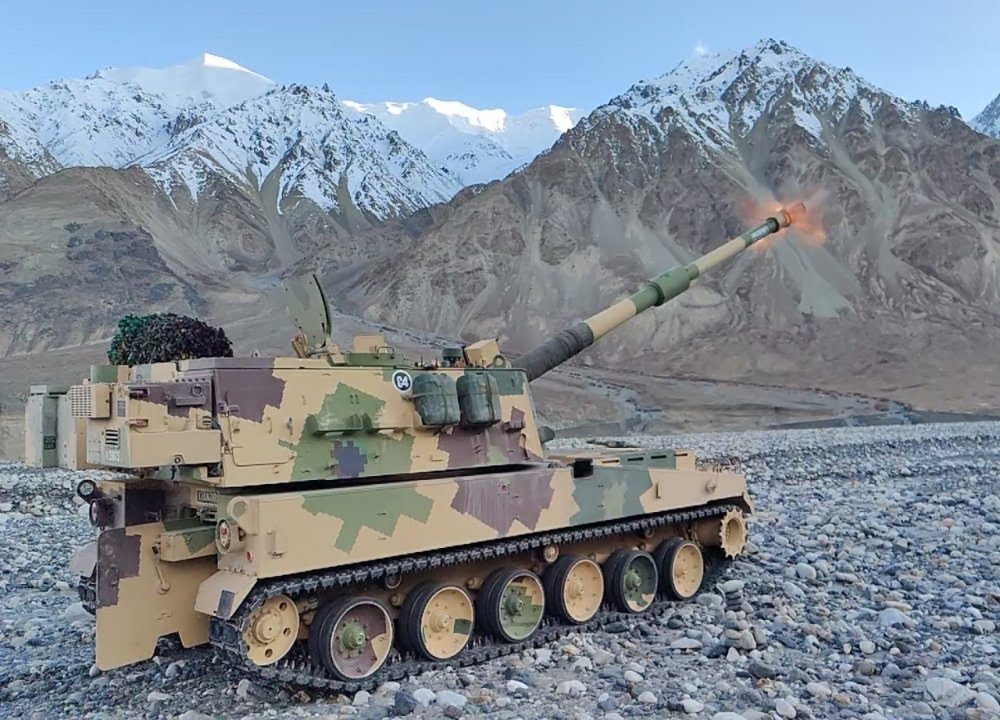

The Indian government is poised to equip the Indian Army with a significant boost in firepower. A critical cabinet committee meeting in August is expected to approve the purchase of 100 additional K9 Vajra tracked, self-propelled howitzers.
This repeat order follows the successful delivery of the first 100 K9 Vajras by Larsen & Toubro (L&T) in 2022. These howitzers, built using technology transferred from South Korean defense major Hanwha Defense, were originally intended for desert deployment. However, their adaptability was proven during the 2020 standoff with Chinese troops in eastern Ladakh. To ensure optimal performance in the harsh mountain environment, the Army procured winterization kits for the deployed K9s. These kits, consisting of nine essential items, safeguard batteries, oils, and lubricants from extreme cold (down to -20°C) and prevent freezing.
Continue readingSOURCE: RAUNAK KUNDE / NEWS BEAT / IDRW.ORG


Lockheed Martin which is vying for a major contract with the Indian Air Force (IAF) to supply 40-80 new medium transport aircraft (MTA) to replace its ageing fleet of Soviet-era An-32s has identified two potential Indian partners Tata Lockheed Martin Aerostructures Limited (TLMAL) and state-owned Hindustan Aeronautics Limited (HAL) for local manufacturing of its C-130J Super Hercules aircraft.
TLMAL is a joint venture between Tata Advanced Systems Limited (TASL) and Lockheed Martin. The company has a successful track record, serving as the single global source of C-130J empennage assemblies for all new Super Hercules aircraft manufactured in Marietta, Georgia, USA. This existing partnership positions TLMAL as a strong contender for the local production of C-130Js in India.
Continue readingSOURCE: RAUNAK KUNDE / NEWS BEAT / IDRW.ORG
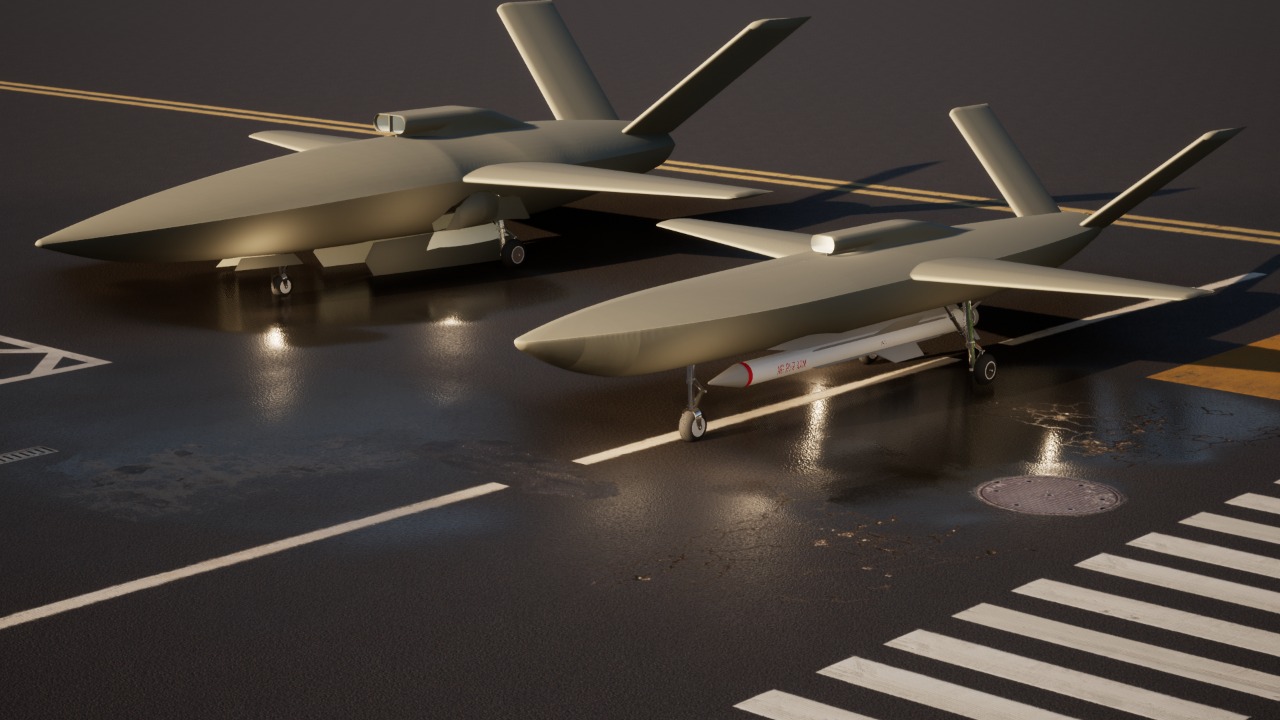

In a significant stride towards advancing India’s defence capabilities, state-owned Hindustan Aeronautics Limited (HAL) has initiated the procurement process for the components necessary to develop the CATS Warrior Loyal Wingman prototype. According to information provided to the IDRW team, HAL aims to roll out the prototype by early 2026, adhering to the planned timeline.
The CATS Warrior, part of the Combat Air Teaming System (CATS), represents a leap forward in unmanned aerial vehicle (UAV) technology. Designed to operate as a “loyal wingman,” this UAV will accompany manned aircraft on missions, enhancing their capabilities and survivability. The project, which commenced in 2018, garnered significant attention during its showcase at Aero India 2021.
Continue readingSOURCE: IDRW.ORG
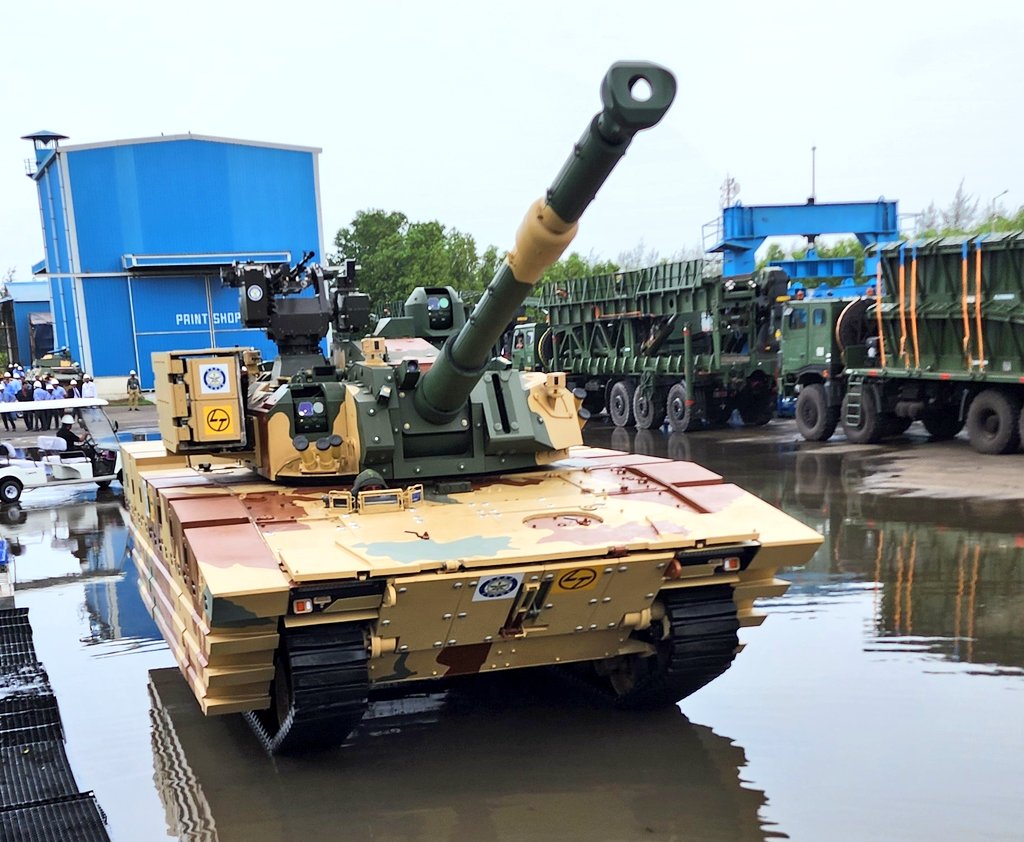

India’s Defence Research and Development Organisation (DRDO) has unveiled the first images of its highly anticipated Zorawar Light Battle Tank. Developed in collaboration with private sector giant Larsen & Toubro (L&T), the Zorawar is poised to undergo army trials following the successful completion of internal testing.
Designed for swift maneuverability in high-altitude regions, the Zorawar is a compact powerhouse weighing in at 25 tons. It packs a punch with a 105mm gun, ideal for engaging enemy targets. The tank boasts advanced optics from French company Safran Paseo, enhancing situational awareness for the crew.
Continue readingSOURCE: IDRW.ORG


The Indian Army is mulling a significant increase in its initial requirements for the Stryker combat vehicle. Talks are currently underway with the potential manufacturer to develop an army-specific variant of this 8-wheeled armored personnel carrier, with a Technology Transfer (ToT) agreement for indigenous production in India.
Initial discussions centered around procuring 350 Stryker vehicles. However, the Indian Army is now considering doubling this number to 530 units. This substantial increase reflects the army’s growing interest in the Stryker’s capabilities and its potential to equip 10 battalions.
Continue readingSOURCE: RAUNAK KUNDE / NEWS BEAT / IDRW.ORG
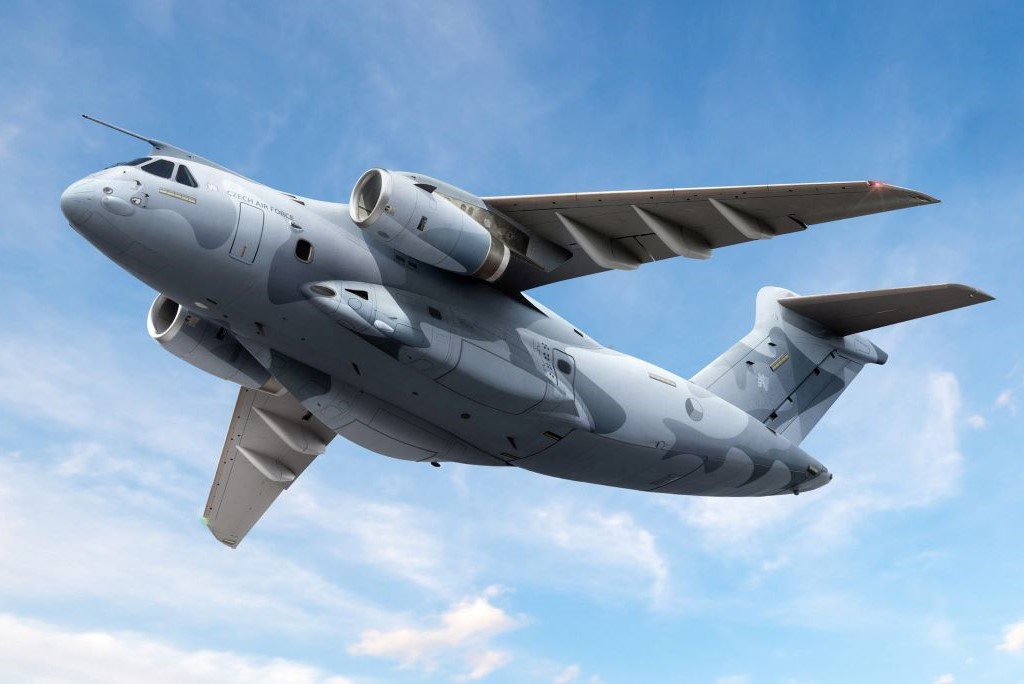

Embraer has cast aside plans for an immediate expansion of the C-390 military transport aircraft. Their focus remains on maximizing the capabilities of the current design to meet operational needs. This decision comes as Embraer actively pitches the C-390 to the Indian Air Force (IAF) for their medium transport aircraft requirement.
The C-390 boasts a 26-tonne concentrated load capacity and a 23-tonne distributed load capacity, along with impressive airdrop performance. These specifications fall squarely within the IAF’s 18-30 tonne requisition. To further solidify their bid, Embraer has partnered with Mahindra in India for potential local production of the C-390.
Continue readingSOURCE: RAUNAK KUNDE / NEWS BEAT / IDRW.ORG
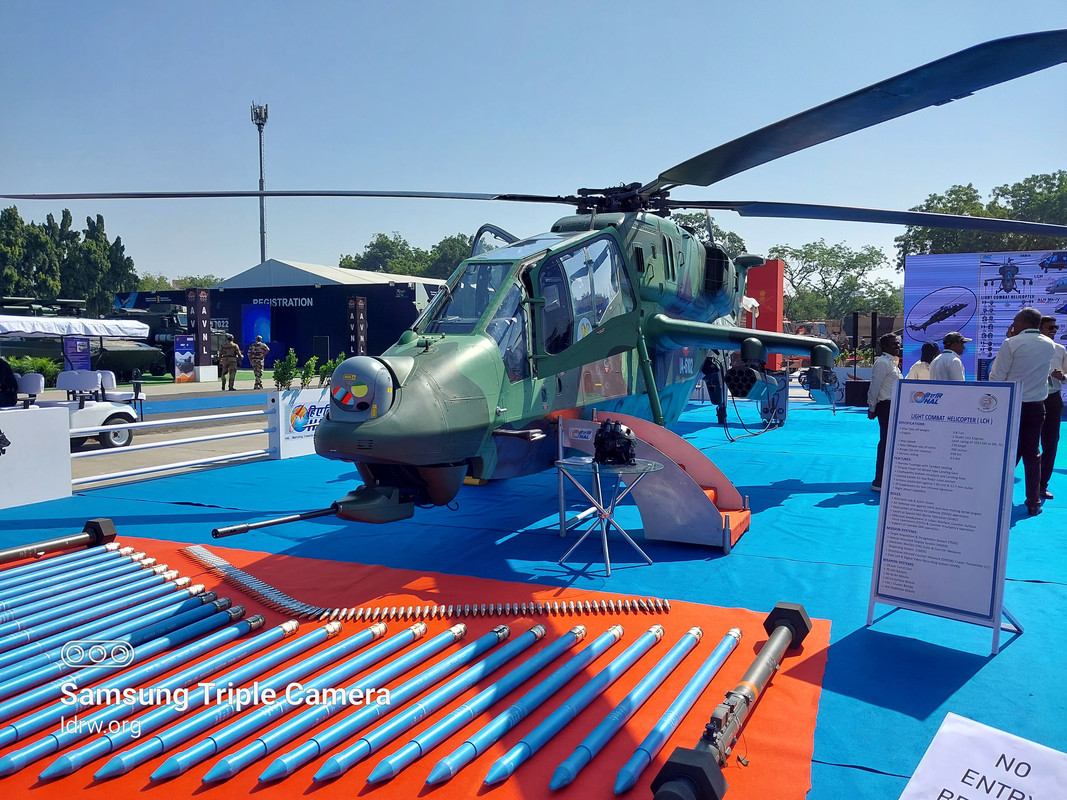

Hindustan Aeronautics Limited (HAL) is buzzing with activity after receiving a Request for Proposal (RFP) from the Indian Ministry of Defence (MoD) for a staggering 156 LCH Prachand light attack helicopters. But HAL isn’t resting on its laurels. They’ve already begun looking ahead, tweaking the LCH platform for potential future technologies, even if the armed forces haven’t explicitly requested them yet.
Drawing lessons from the recent Ukraine conflict, HAL anticipates a growing demand for integrating Unmanned Aerial Vehicles (UAVs) with attack helicopters. This would likely involve large display screens and helmet-mounted displays for enhanced situational awareness. HAL is proactively preparing the LCH for this integration, confident that such a request from the Indian armed forces is on the horizon.
Continue readingSOURCE: RAUNAK KUNDE / NEWS BEAT / IDRW.ORG


The Indian Army is set for a significant boost in its firepower with the Ministry of Defence (MoD) expected to approve the procurement of nearly 2,000 155mm terminally guided munitions (TGMs) later this year. This move marks a major stride towards self-reliance in critical defence technology.
Last year, the Army took a crucial step by issuing Project Sanction Orders (PSOs) to five domestic companies under the Make-II procurement scheme. These companies – Munitions India Ltd (MIL), Adani Defence Systems and Technologies Ltd (ADSTL), Bharat Forge Ltd, Economic Explosives Ltd, and Premier Explosives Ltd – were tasked with developing prototypes of 155mm TGMs.
Continue readingSOURCE: IDRW.ORG


Former Air Chief Marshal Fali H. Major (Retd.), the only helicopter pilot to ever lead the Indian Air Force, has expressed his strong support for the government’s decision to procure a large number of attack helicopters. This historic deal, valued at approximately ?50,000 crore, marks the biggest single helicopter order ever placed by an Indian company and represents a significant boost to the country’s defense sector.
In a media interaction, Air Chief Marshal Major welcomed the news but emphasized the importance of gradually increasing indigenous content in the helicopters. He highlighted that while the current 45% domestic content is a positive step, it should be progressively raised to “respectable levels.” This, according to Major, would ensure an “80% availability rate” for the helicopters, maximizing their operational efficiency for the armed forces.
Continue readingSOURCE: IDRW.ORG
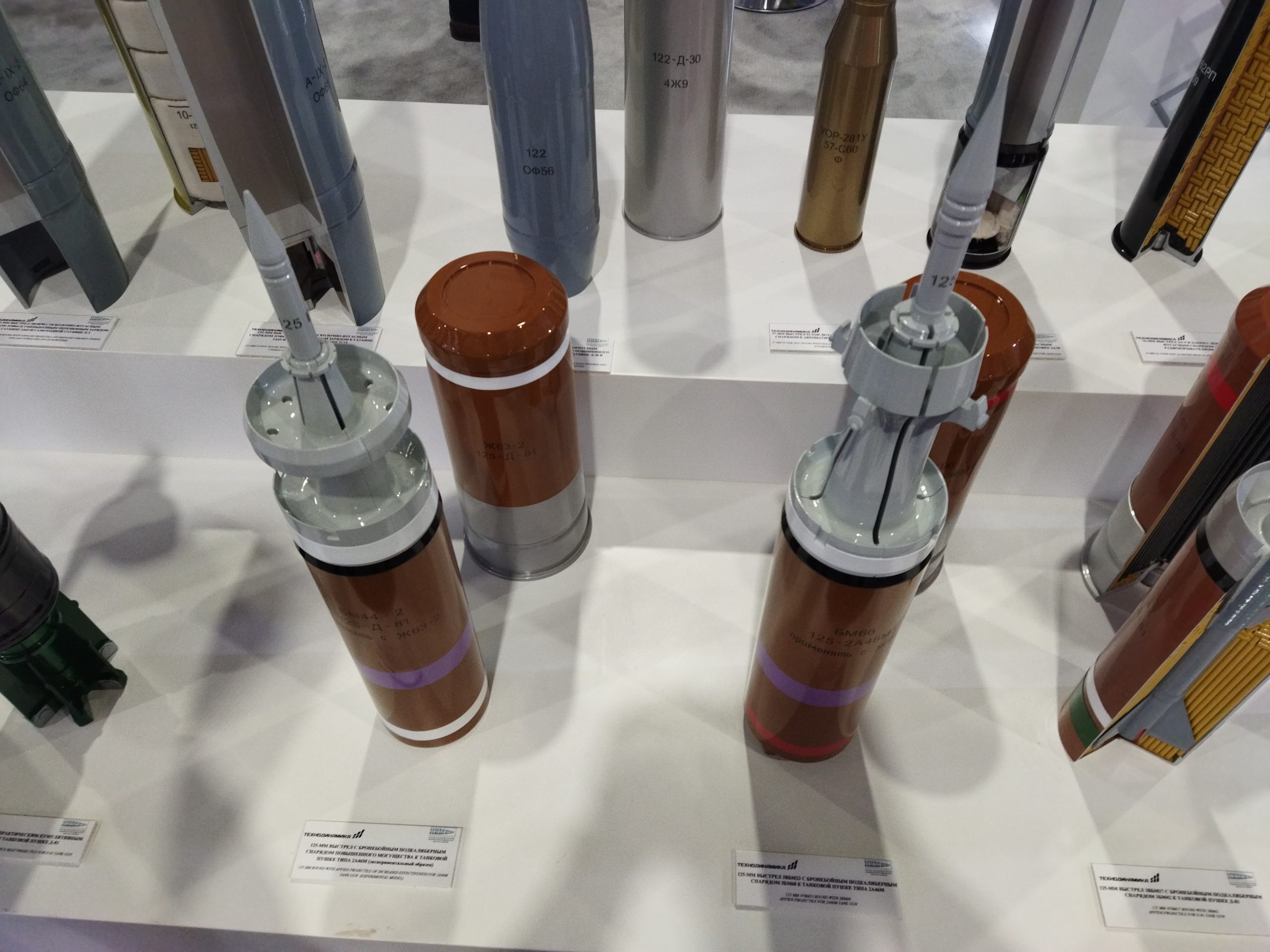

Rosoboronexport/Rostec, a prominent Russian defense exporter, has collaborated with an Indian company to establish the manufacturing of the 3VBM17 Mango Armor-Piercing Fin-Stabilized Discarding Sabot (APFSDS) rounds within India. This initiative aligns perfectly with India’s “Make in India” program, promoting self-reliance in critical defense equipment.
The 3VBM17 Mango APFSDS rounds are designed to penetrate and defeat armored vehicles equipped with composite armor. These advanced rounds are crucial for modern armored warfare, providing superior performance against heavily protected targets. The locally manufactured Mango rounds will equip Indian tanks with enhanced firepower, ensuring they can effectively engage and neutralize contemporary armored threats.
Continue readingSOURCE: RAUNAK KUNDE / NEWS BEAT / IDRW.ORG


In a significant stride towards bolstering defence cooperation, India’s National Security Advisor (NSA) Ajit Doval and his US counterpart, Jake Sullivan, convened for the second meeting under the Initiative on Critical and Emerging Technologies (iCET). The discussions focused on co-production, co-development, and research and development (R&D), underscoring the deepening strategic partnership between the two nations.
A key highlight of the meeting was the reiterated offer from the United States to jointly develop a new engine for India’s Advanced Medium Combat Aircraft (AMCA) 5th generation program. This proposal aims to rejuvenate discussions that had previously stalled due to high Transfer of Technology (ToT) levels demanded by India’s Defence Research and Development Organisation (DRDO).
Continue readingSOURCE: RAUNAK KUNDE / NEWS BEAT / IDRW.ORG

Armenia has reportedly approached India to inquire about acquiring theatre quasi-ballistic missiles, a move likely prompted by Azerbaijan’s recent use of the Israeli-made LORA system. The LORA, boasting a range of 400km, emerged as a concern for Armenia during the 2020 Nagorno-Karabakh conflict. Azerbaijan’s deployment in the war’s final days, particularly against the Lachin corridor bridge, highlighted the potential threat it poses.
At Aero India 2023, a Memorandum of Understanding (MoU) was signed between Bharat Electronics and IAI for potential LORA production in India. However, this licensing agreement is likely still in its early stages.
Continue readingSOURCE: RAUNAK KUNDE / NEWS BEAT / IDRW.ORG


The Gas Turbine Research Establishment (GTRE) has expressed confidence that the Dry Kaveri engine, once proven on the Light Combat Aircraft (LCA) Tejas Mk1 Trainer, will pave the way for the development of the more advanced Kaveri 2.0 engine. This progress is crucial for securing additional funding for further research and development.
The current Dry Kaveri engine, equipped with an afterburner, is capable of generating 46kN of thrust in dry configuration and 73kN with an afterburner (wet thrust). Despite these impressive figures, this level of thrust is insufficient to power the Tejas Mk1A or MkII platforms effectively. However, the successful deployment and performance of this engine on the Tejas Mk1 Trainer will demonstrate GTRE’s capabilities and build a strong case for additional investment.
Continue reading